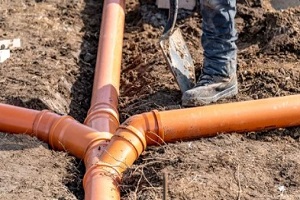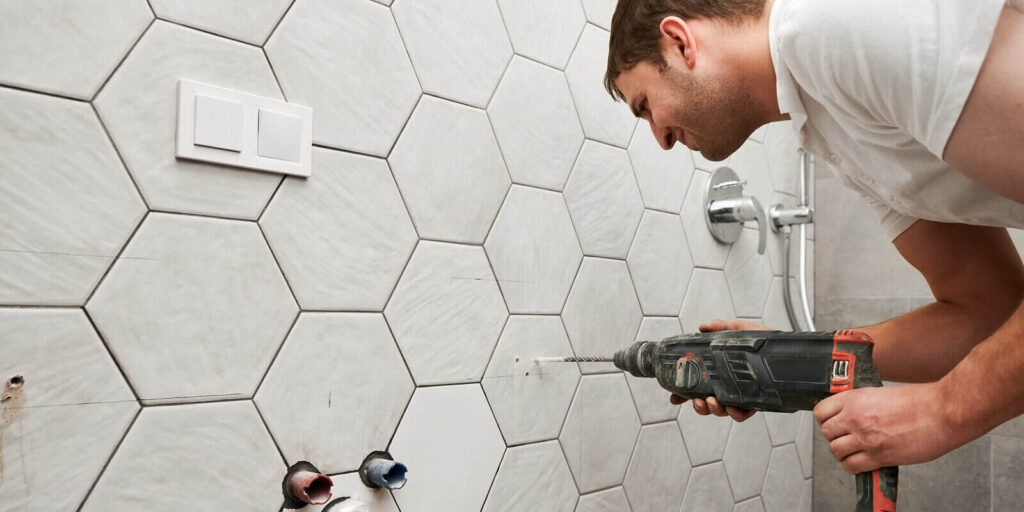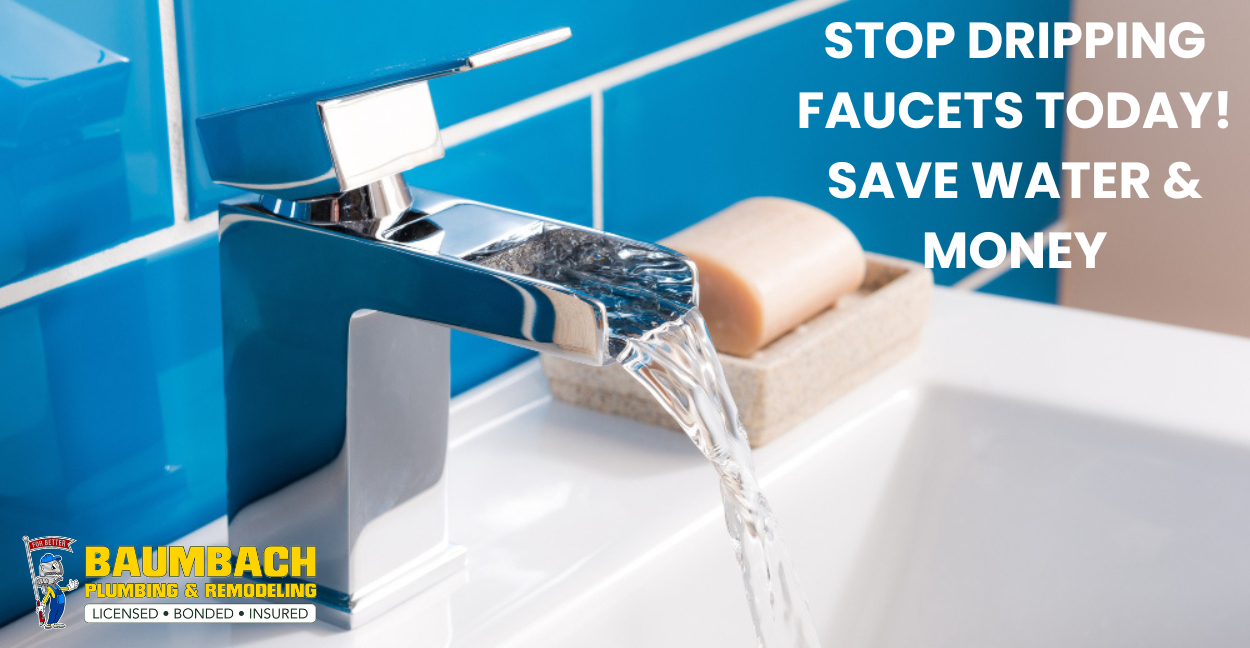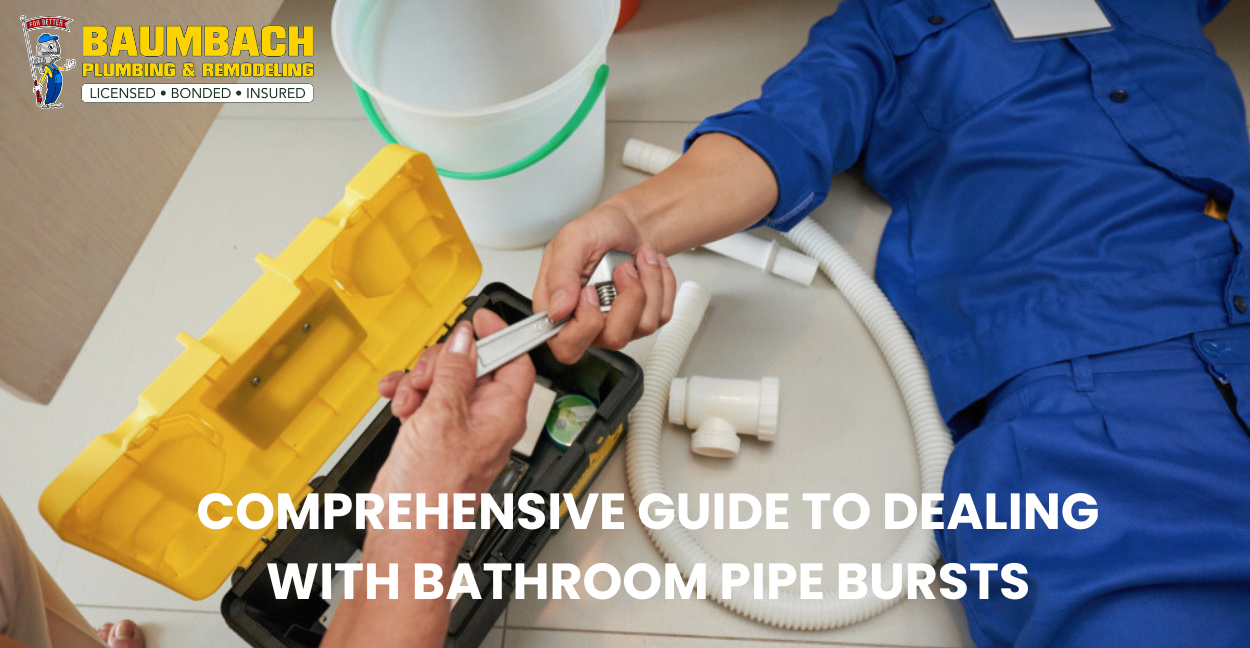
Water is an essential component of life, which is why civilizations have historically grown close to water sources. In modern times, water is necessary to carry out a broad range of daily household activities, and residential water systems are responsible for ensuring everything runs smoothly.
You might not give your home’s plumbing systems a lot of thought — until something goes wrong. However, it is essential to have some basic knowledge of the way plumbing systems work to understand how you can keep yours operating optimally and identify potential problems.
Here is a closer look at how residential plumbing systems work.
Home Plumbing Systems
At its core, a home plumbing system is made up of two main parts, the water supply for incoming clean water and the drain system for removing water that is not needed anymore.
Water Intake Supply System
This system is responsible for circulating water from the main valve, which is typically located in front of the home under the street in residences that use city water. This incoming water tends to be under very high pressure, which allows it to reach all areas of the house, including upstairs.
Fresh water enters through the “main” pipe laid parallel to the street for those who use city water. Residences that rely on wells typically have a pump to provide the necessary water pressure to supply showers and faucets with a steady flow of water.
The equipment used for this delivery and distribution entails water pipes, service valves, faucets and fittings. Pipes and other fittings in this system are commonly made of plastic, galvanized iron or copper.
Homes rely on water intake for showers, sinks, washers, dishwashers and flushing toilets daily. Dedicated pipes are also needed to supply fresh water to water heaters. Many homes now use tankless water heaters thanks to their lower energy costs.
Water shutoff valves can usually be found just before and after the water meter, allowing you or your plumber to turn off the incoming fresh water so that plumbing projects can be carried out safely and effectively.
Drain-Waste Water Systems

Although bringing fresh water safely into your home to supply your plumbing needs is essential, it is equally important to ensure that the waste water in your home can be safely eliminated.
The drain-waste-vent system has the unglamorous job of carrying waste water and sewage from the toilets, showers, bathtubs, sinks and appliances such as washers and dishwashers away from the home and to the public sewer or septic tank. The vent system is connected to the drain-waste pipes and serves to ventilate the sewage gases so they do not build up inside the home. This system also enables drain pipes to keep the right pressure to provide optimal drainage. These pipes are typically found within walls, underneath floors and in the attic.
What Makes For A Good Plumbing System?
A good plumbing system contains the following elements:
- It supplies safe drinking water in sufficient quantities at the right pressure
- It does not allow potable water to mix with waste water
- It stops foul gases from entering the home and allows them to escape easily
- It collects waste water from the home and eliminates it efficiently
What Makes For A Good Plumbing System?
Gravity governs the functioning of the drain vent system. Pipes that form this system will be angled downward so that gravity can transport waste water out of the home. In fact, the drain-waste system is a lot more complex than the pipes involved in intake.
In order to help gravity bring waste water out of your home, vents, traps and other features are used. The vent pipes you see sticking out above the shingles on your roof are part of this system.
Beneath your sinks, you will find a trap that is shaped like a sideways “p”. This serves an important function in the drain-waste system, and it can also save the day if a valuable piece of jewelry is dropped down the drain!
When water flows from the sink or the wash basin, it has sufficient force to exit the drain pipe. However, the P-trap creates a barrier within the drain pipe to stop sewer gas from rising back up through your drain and into your house.

The curve of the trap allows water to be retained inside of it, which blocks sewer gas from rising and drifting up into living spaces. It’s a clever approach that has been used in some form since the time of the ancient Romans.
Many waste-drain systems will feature a clean-out plug that makes it easy for plumbers to eradicate stubborn clogs.
Reach Out To The Friendly Plumbing Professionals
Your home’s plumbing system performs an important role, and any issues you encounter need to be dealt with swift and efficiently. Baumbach Plumbing & Remodeling has been serving the Northern Virginia area since 1928, handling a comprehensive range of residential plumbing needs ranging from emergency repairs to routine drain cleaning.
Get in touch today to find out more about the affordable services offered by our master plumbers.






